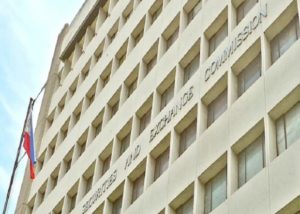The Asian Development Bank sees the foreign investment cap provided in the Constitution as a major deterrent to the development and success of public-private partnerships (PPP) in the Philippines.
“Although much has been achieved in developing the PPP market in the Philippines, the PPP Monitor finds that there still remain challenges, and one of which is the current limit of 40 percent on foreign ownership of equity. This may restrict competition for infrastructure development in the country,” the ADB said yesterday, citing its first annual PPP Monitor report.
But despite the foreign investment restrictions, the ADB said the Philippines was one of the economies in Asia where infrastructure financing was accessible.
“India, the Philippines and Thailand have the most developed financial markets, which can provide longer-tenor loans (above 10 years) in local currency to support infrastructure,” the ADB said in a statement.
“These markets also have a wide array of financing options including project bond financing,” it added.
The ADB noted that the Philippines was among the first few countries in the region that institutionalized private sector participation in infrastructure development when it enacted the Build-Operate-Transfer (BOT) Law in 1990.
So far, 119 PPP projects worth $56.9 billion had reached financial close in the country, the ADB said.
Of the finished PPP projects, 65 percent were energy infrastructure.
Amid robust economic expansion, the ADB noted that infrastructure spending, partly through PPP, was needed to achieve inclusive growth.
“The Philippines has performed well during the recent years led by sound policies of successive administrations. Accompanied by strong economic growth, prudent fiscal management had reduced the general government net debt down to 34 percent of GDP [gross domestic product] in 2016 from 68 percent in 2003,” it said.
However, the ADB added, the country’s infrastructure spending was among the lowest in the region with an average of 2.2 percent of GDP from 2011 to 2014.—BEN O. DE VERA


